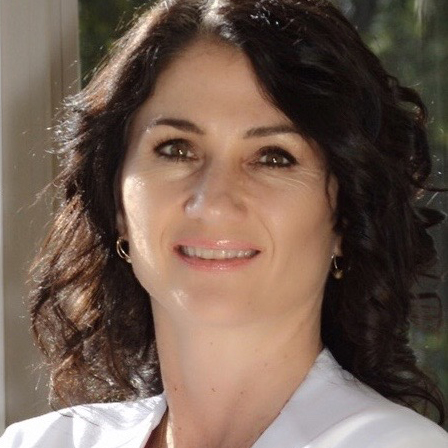The old days of retraining your brain are over. New methods are here that can save time and money, and work in most cases with or without drugs-and no electricity enters your body. Any condition that affects, drives or is driven by brain function may benefit from brain training. Brain wave mapping and neurofeedback are highly studied methods and there is a huge body of studies published on how they work and what they can and cannot do.
Let us explain a little background here first. Using instruments to read the autonomic signals of the body such as temperature, sweating, and pulse and then train ourselves to calm down is collectively called biofeedback. When we specifically measure the brainwaves and learn to control them we call this neurofeedback. A device plots the brainwaves, and the patient is rewarded by seeing or hearing signals that they are getting closer to a goal of different brainwave production. For example, training more power or less power in a certain frequency band was common. In the old days neurofeedback started with an interview or questionnaire, and then the practitioner guessed where to place a few electrodes on the head to target certain places on the brain to train a single brain wave. Those days are over.
Today we still realize that 90% of diagnosis comes not from snazzy imaging technology, fancy lab tests, or even examination but from a good medical history. But there are limits to an interview. Now we still perform that essential interview process and collection of medical history and physical examination, and we add the QEEG examination and imaging. Regular diagnostic EEGs are still used by medical neurologists to investigate seizure and sleep disorders reliably, but these tests are diagnostic and are different than QEEG.
Quantitative electro-encephalography means taking images of the brain waves and analyzing them statistically. That means not just a snapshot of function but a careful average over a span of time at rest. This is not a diagnosis by itself, but such a powerful study of biometric data can add to the decision process that doctors and patients make. The next step is comparing the person’s brainwaves to reference data on over 1000 people’s brains that are normal and healthy. This is called a brain map, and when it is compared to normal we call that a Z-score.
So Z-scored QEEG brain wave maps can really guide a practitioner in where to place electrodes and what to target. But that is not the whole story.
All those neurofeedback and EEG and QEEG methods from the past were very valuable, but they could only read surface brain cells about 6 mm deep into the brain, after getting past the skin and skull bone. That is less than most adult pinky fingernails deep. An innovation has emerged which can read inches into the brain, revealing the brainwaves of the deep limbic lobes. It is a method that requires a math formula, a powerful computer and a full 19 channel cap, and its called ds-LORETA. Today we can perform a QEEG map with this s-LORETA method to read and train inches into the brain. Its holistic, natural, and safe. S-LORETA stands for low resolution tomography, but it is quite high resolution. They call it low resolution because its compared to functional MRI images that are super high resolution, but it is not used in clinics, only university research departments. With the s-LORETA QEEG method we can resolve down to 5x5x5 mm cubes in the brain. In fact, we can track over 6500 of these cube areas. They are called voxels, which is a 3D pixel.
Perhaps more exciting than simply using brain wave imaging to guide neurofeedback in the new trend that doctors are discovering-that mapping brain waves helps measure the success of any treatment on the brain. Some holistic doctors are using this imaging to take before and after measurements for therapies as diverse as counseling, nutritional supplements, exercise, chiropractic, and even acupuncture to see the changes they make in the brain and plan their treatments.
All that information was about mapping the surface and deep brain and comparing it to healthy brain waves. In part 2 we will explore the new neurofeedback methods one by one.

